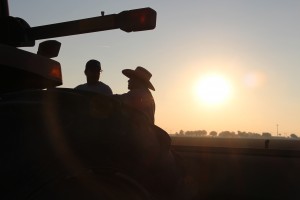 When I think about farmers, I have a myriad of farmers faces come to mind these days. It’s a far cry from the world I grew up in. If you look through some of my blog posts you will see lots of those faces. Some that come to mind are Chris who showed me around my first hog farm, the Wagners who let me work cattle, my brother who runs his organic coop, cotton farmer Jay Hardwick in Louisiana, the almond trees Brent tends, or dairy farmers Dino Giacomazzi, Ray Prock and Annie Link who have shown me their farms.
When I think about farmers, I have a myriad of farmers faces come to mind these days. It’s a far cry from the world I grew up in. If you look through some of my blog posts you will see lots of those faces. Some that come to mind are Chris who showed me around my first hog farm, the Wagners who let me work cattle, my brother who runs his organic coop, cotton farmer Jay Hardwick in Louisiana, the almond trees Brent tends, or dairy farmers Dino Giacomazzi, Ray Prock and Annie Link who have shown me their farms.
When you can see farmers faces, you get a dose of reality. When you talk with them, ask them about what happens on their farm, how things work, etc. you get an even bigger dose. It isn’t what you see if you only look at the surface or at the labels people put on them. But with less than two percent of the US population involved in agriculture, there are way too many of us who may not see farmers in real-life or who may only see farmers at the farmers’ market.
And people talk about “big ag” or a nebulous set of big agricultural interests as a faceless entity. I know differently. So what could I do to top that & really move the understanding of agriculture forward?
“Big Ag” Always Seems Faceless, But It’s Not
In all the talk of farming and agriculture these days, the discussion frequently turns to “big ag” and it seems that no matter how people define “big ag,” as an employee of Monsanto Company, I seem to always fit the definition. In the past couple of years, I have found several other women who can get associated with larger farming entitites too. The great thing is all of us really just love agriculture — big or small, farming rocks! We don’t fit the faceless molds others would have you think we are.
So who were the faces of “faceless big ag” at SmallTown2012?
The panel included Debbie Lyons-Blythe (@DebbieLB) who ranches about 30 miles from WalMart, in the Flint Hills of Kansas, Jodi Oleen (@JodiOleen) who works with Kansas Pork in Manhattan, Kansas and Carrie Mess (@DairyCarrie) who I bet you guessed which part of agriculture she’s in and she lives among the cheeseheads in Johnson Creek, Wisconsin and me.
The conference was just an opportunity to talk about what we do, who we are, what’s important to us and at the same time, help people realize that “big ag” is made up of real people. We want our environment to be here for grandkids, great grands and more. We value healthy foods, food safety and would like to help more communities to be able to provide food for their families. We don’t necessarily agree with each other on everything anymore than families always agree. We find ourselves having lots more common ground with others in agriculture than others.
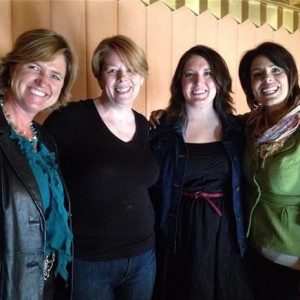 Our Interview with Jiggy
Our Interview with Jiggy
After we did our panel, we had a chance to talk with James Lowe aka radio personality Jiggy Jaguar. Jiggy asked us about the panel discussion we had just done and about how we are real people who care about agriculture, food and the role we all play in the food supply. We know the presentation was just one step but we have a lot more going on, including routine conversations through social media. As Carrie puts it, social media is letting people here information straight from the source.
The idea for the panel came to me because I had so darn much fun doing a panel discussion with Chris Chinn at the 140 conference Des Moines in the spring (the video of that presentation is one of the things I’ve posted on my JP Elsewhere page). Now I’m looking for the next big idea.
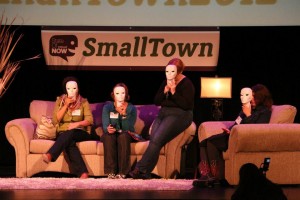
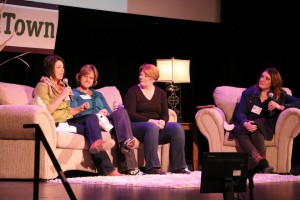


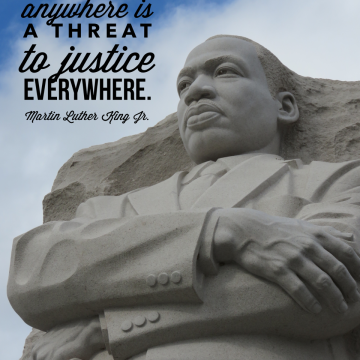
@JPlovescotton, @JodiOleen @DebbieLB, @DairyCarrie, nice Job ladies!
Thanks Mark for the kind words! We sure had fun!